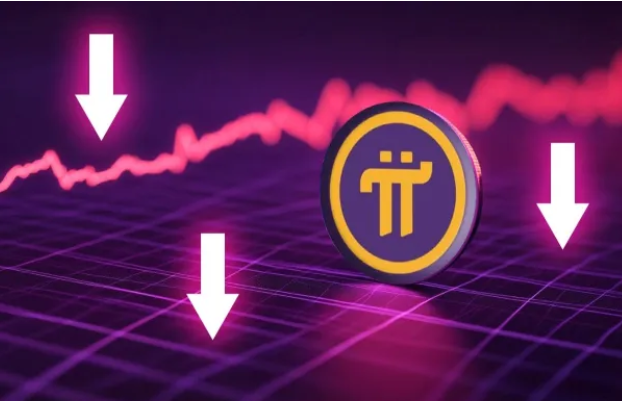Retail Payments Surge as Pakistan Goes Digital, Says SBP
Retail payments in Pakistan surged during fiscal year 2024-25 as more people turned to digital banking. According to the State Bank of Pakistan (SBP), transaction volumes grew by 38%, showing strong nationwide adoption of online channels.
The SBP’s Annual Review of Payment Systems revealed that digital platforms now handle 88% of all retail transactions. This growth reflects a major shift toward mobile and internet based banking services.
The Raast instant payment system saw transaction volume and value more than double during the year. PRISM,which processes large value payments, also recorded double-digit growth.
Digital shift strengthens
The SBP linked this expansion to better regulations, stronger digital infrastructure, and rising public confidence in electronic banking. Retail payments reached 9.1 billion transactions worth Rs 612 trillion in FY25. This marks 38% growth in volume and 12% in value compared to last year.
Mobile apps led the digital wave with 6.2 billion transactions, a 52% increase from FY24. Internet banking followed with 297 million transactions, rising by 33%, while e-money wallets doubled in both transaction volume and value.
The review emphasized that Raast has become the backbone of Pakistan’s digital payments network. Its Person to Merchant (P2M) feature is boosting financial inclusion and helping users make quick, secure payments. It also supports transparency by creating a clear digital trail, improving access to formal financial systems.
The point of sale (POS) network grew to 195,849 terminals at 159,284 merchant locations, handling nearly one million daily card transactions up from 0.7 million a year earlier.
In addition, e-commerce payments continue shifting toward account and wallet based channels, now representing 93% of online transactions. The ATM network also expanded by 7%, reaching 20,341 machines, each processing around 140 transactions daily.
The takeaway
Pakistan’s digital banking ecosystem is growing fast. With convenient apps, efficient payment systems, and improved infrastructure, digital finance is becoming part of everyday life. Experts believe this progress will strengthen financial inclusion and accelerate the nation’s move toward a cashless economy.






